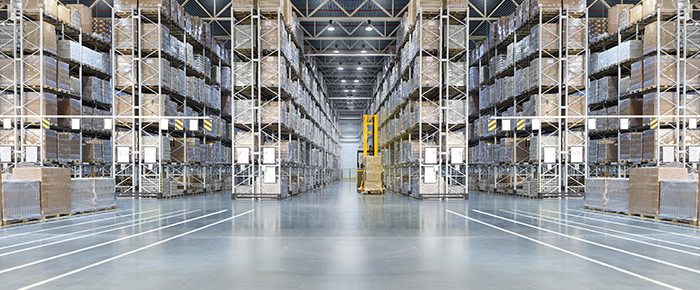 Warehouse efficiency plays a major role in achieving optimal profitability. When everything is managed smoothly, workers perform their tasks quickly and on time, they are kept safe from harm, and customers receive their orders promptly. To achieve this, it’s necessary to set up warehouse workflows that streamline the process from start to finish. Here are several tips that can help improve workflows, making them more cost-efficient and less prone to error.
Warehouse efficiency plays a major role in achieving optimal profitability. When everything is managed smoothly, workers perform their tasks quickly and on time, they are kept safe from harm, and customers receive their orders promptly. To achieve this, it’s necessary to set up warehouse workflows that streamline the process from start to finish. Here are several tips that can help improve workflows, making them more cost-efficient and less prone to error.
Start small
When creating a new workflow, it’s tempting to begin with wholesale implementation of the protocol once it has been devised. However, utilizing a protocol in practice often comes with many unforeseen pitfalls and areas to optimize, which can be difficult if the setting is too large. For instance, integrating a new method of tracking inventory throughout multiple facilities can be a burden if it has not been tested beforehand. It’s recommended to begin with only a single facility, or a small section if applicable so that the new workflow can be tested and troubleshooting can occur on a lower, more manageable scale.
Automate and digitize wherever possible
Not every task can be automated, but it’s worth investing in automation for those that have the biggest impact on daily work functions. Tracking inventory can be accomplished using sophisticated management systems that integrate barcode and/or RFID functionality, while other repetitive tasks can be automated using conveyance, sensors, and other high-tech machinery. Automation can both reduce the likelihood of human error and increase productivity, allowing personnel to work on other tasks that cannot be automated.
Employ Lean Six Sigma methodologies
Lean Six Sigma is a framework that can be used to improve workflows across the company by reducing operational waste and errors. While Lean methodology focuses on removing waste, Six Sigma focuses on elevating output quality and minimizing errors and variability in the workflow. Lean Six Sigma can be adopted across all workflows, both inside and outside the warehouse, to ensure that operations run as smoothly as possible while consistently improving cost efficiency as well.
Invest in training
Training is a key component of any efficient workflow, not only to maintain productivity but safety as well. Because so much heavy machinery is often needed to transport large items throughout warehouses, providing adequate training can ensure that goods are delivered from one end to the other securely and tracked accordingly, while minimizing the risk of potential injury and/or unintended damage to inventory. Remember, work safety is paramount to any high-functioning operation, as accidents can be extremely costly, both to workers and the ability of the warehouse to function.

